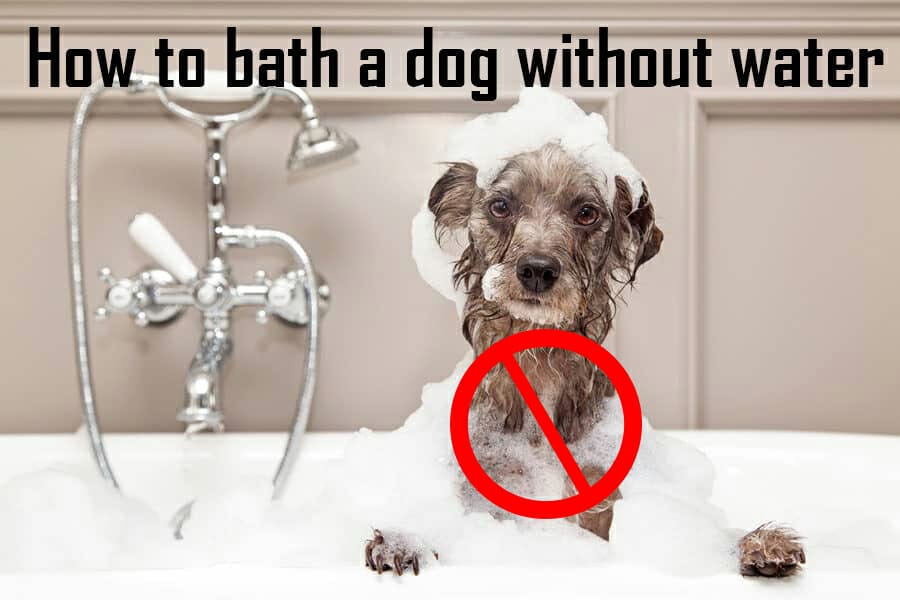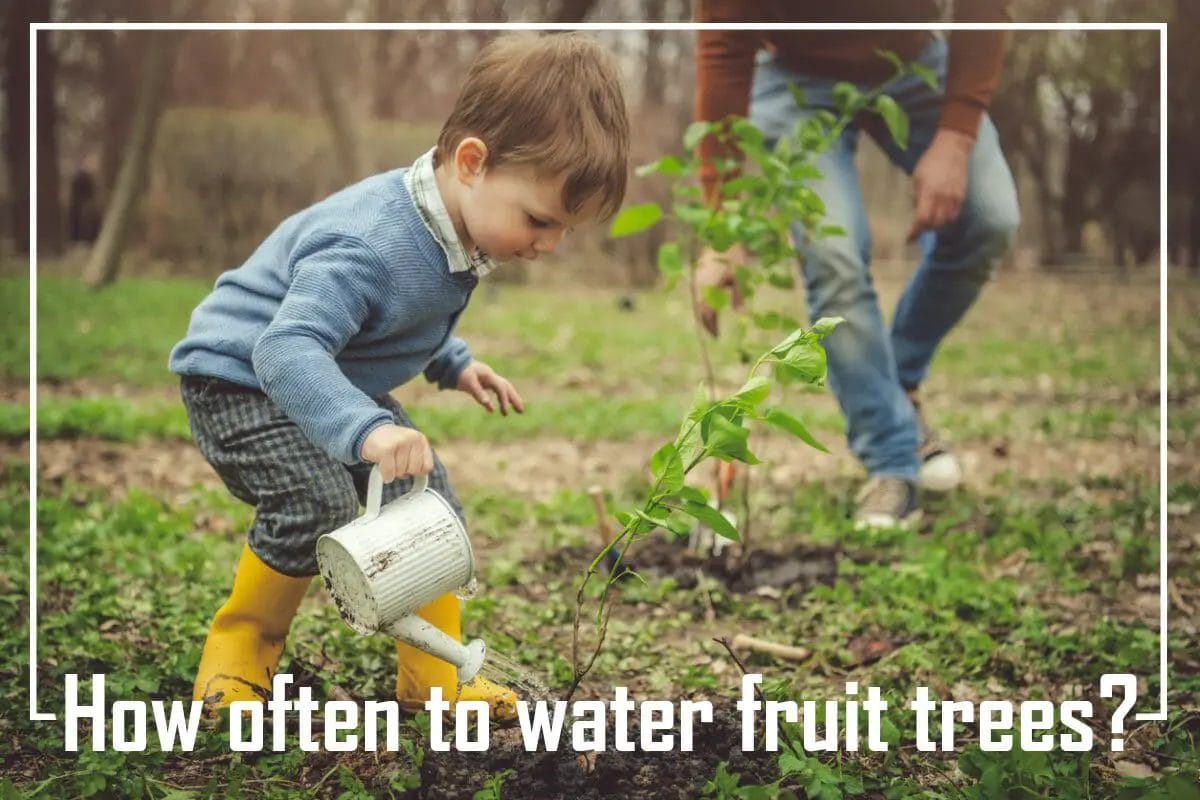Hard water creates many problems in and around your home, including persistent staining of your dishes, slippery and slimy showers, and buildup of soap scum on bathtubs. Additionally, hard water can reduce the efficiency of appliances that use it. To get rid of this issue, most people install a water-softening system. However, there are times when the system begins to malfunction due to various factors such as age or lack of maintenance.
It’s important for homeowners to troubleshoot and repair their water-softening systems quickly to avoid further damage. If you’re faced with this situation, here are some proven tips you can follow to resolve any existing problems with your existing water softener.
Troubleshooting Water Softener: Identify & Solution
Care must be taken with the water softener, or it can become another home appliance constantly breaking down. Some common problems include the following:
Issue: Resin Beads
Resins beads are small pieces of plastic that help prevent scale build-up. They are usually placed near the top of the resin bed, where the flow rate is highest. These resin beads tend to break apart easily.
Reason: Overuse of chlorine bleach can lead to their breakdown.
Solution: Avoid using strong bleaches since they contain sodium hypochlorite. Instead, opt for milder products like OxiClean.
Issue: The water softener does not regenerate quickly enough
Reason: This means it takes a long time before the salt level drops to zero again. You might end up with damaged pipes if they get clogged up by calcium deposits.
Solution: The best way to avoid such an issue is to ensure that your system has sufficient regeneration capacity. You should also check whether there’s any blockage or sediment build-up inside the tank. If so, then you must clean out the lines regularly.
Issue: The water is too hard for the water softener to handle
Reason: There could be several reasons the water is too hard for your water softener to deal with. It might be because of high mineral content, low pH levels, or excessive hardness due to large amounts of dissolved solids like salts. In most cases, however, the problem lies within the filter itself.
Solution: To solve this problem, you must replace the filter cartridge. However, ensure that you use only genuine replacement cartridges from reputable manufacturers.
Issue: The salt storage has run out of salt
Reason: Salt is used to soften water. When the salt runs out, the water becomes very hard. As a result, you won’t be able to wash clothes properly anymore.
Solution: Ensure you add more salt to the tank when needed. Also, don’t forget to empty the old salt after every cycle.
Issue: Water softener Operation Error
Reason: A malfunctioned control panel can lead to errors in operation. For example, the display screen shows incorrect information about the current operating status.
Solution: Contact the manufacturer’s technical support team to resolve the error. They’ll help you troubleshoot the problem.
Issue: Your water softener stops working suddenly
Reason: One possible reason for this sudden failure is a power outage. Another possibility is that the pump motor failed.
Solution
- Turn off the main breaker switch first.
- Circuit breakers should be turned off one by one, starting from the nearest ones.
- Disconnect the electrical supply cable from the wall socket.
- Wait for 30 minutes and reconnect everything back.
Issue: Not enough or no water in the brine tank
Reason: This happens if the brine tank isn’t full. Ensure that it is filled up before each usage.
Solution
- Fill the brine tank by adding distilled water through the tap valve.
- Close the tap valve once the level reaches the top mark. If there is still room available, then close the tap again.
- Repeat the process till the entire volume of water is added.
Issue: No water flow
Reason: You must check whether the drain hose is clogged. Otherwise, the system cannot work correctly.
Solution: Unclog the drain line by removing any debris inside the pipes. Pump hot water through the pipes to dissolve away any dirt particles.
Issue: Softener won’t stop running or draining
Reason: It could happen because of an internal fault. Check the filter cartridge carefully. Replace it if necessary.
Solution: To avoid such situations, ensure that the filters are clean and free of blockages. In addition, make sure that they’re installed securely.
Issue: The water softener doesn’t produce soft water anymore
Reason: There might be a leak somewhere within the unit. Look out for signs like dripping sounds coming from the faucet.
Solution: First, shut down the water softening system. Make sure the valves are open, and water can flow freely. When finished, open the valves slowly, so the pressure does not drop too much. Now, look for leaks. Repair them immediately.
Issue: Hard water gets mixed with softened water
Reason: There might be a leak somewhere within the system. Look for signs of leakage, like dripping faucets, leaking valves, cracked hoses, damaged connections, etc.
Solution
- Fix the issue quickly.
- Check to see if the water going into the machine has a sufficient amount of minerals.
- Replace the old components with new ones.
Issue: Salt crystals appear in the output water
Reason: Too many salt ions remain in the brine tank after filtering. As a result, the remaining solution becomes concentrated.
Solution: Add more freshwater to dilute the concentration. Alternatively, add additional salt tablets to increase the ion content.
Issue: Water softener blockages
Reason: A blocked pipe can cause damage to the whole system. Therefore, unblock the pipes using a snake tool.
Solution: Use a snake-like device called a “snake” to remove the obstruction. Do not use pliers or other tools since they can scratch the metal parts.
Issue: Water softener Mechanical failures
Reason: Overuse of the water softener causes wear and tear to its mechanical parts. Hence, it’s recommended to maintain the equipment regularly.
Solution: Clean the filtration cartridges frequently. Change the filter every 6 months.
Issue: Water flows back into the washer instead of going through the softener
Reason: The valve at the end of the drain tube needs adjustment. Adjusting the valve allows the water to flow only through the softener.
Solution: Turn off the power switch and adjust the valve manually until the desired setting is achieved. Then turn on the power again.
Issue: No Water Flowing Through the System After Power Failure
Reason: In case of an electrical failure, the water softener continues running without interruption. Thus, the water softener pumps continue operating, resulting in the brine tank’s continuous draining.
Solution: Shut down the water softener immediately after the power outage. Once the power comes back, start the unit once again.
Issue: Hard Water Causes Clogging
Reason: When hard water enters the softening process, calcium carbonate precipitates out of the softened water. These deposits clog the filters and tubes inside the water softener.
Solution: You must flush the water softener periodically to prevent scale build-up.
Issue: The water softener isn’t producing soft water
Reason: This usually happens when the salt concentration gets depleted over time.
Solution: Add additional salt to the tank until the desired amount is reached. Then wait for about 30 minutes before using the softened water.
Issue: The pressure gauge shows higher readings than the actual level of water pressure
Reason: High pressures indicate a leak somewhere in the pipes.
Solution: Fix the leaking pipe first. Once done, contact your plumber to get the rest fixed.
Issue: The temperature of the incoming water is different from the outgoing water
Reason: If the incoming water is warmer than the outgoing one, then the chances are that the heater is defective.
Solution: Change the thermostat setting, so the incoming water matches the outgoing water.
Issue: You notice that the water coming out of the tap is hot
Reason: Hot water means that the system is clogged up.
Solution: Unclog the lines manually.
Issue: The filter needs cleaning
Reason: Dirty filters make the water harder to soften.
Solution: Remove the upper part of the cover and clean the filter.
Issue: The dispenser does not dispense enough water
Reason: It might be because the dispenser has run dry.
Solution: Fill the reservoir.
Issue: The soap dispensers do not function properly
Reason: These machines need frequent replacement due to their high cost.
Solution: Buy new ones instead of repairing them.
Issue: You forgot to add more salt when needed
Reason: Salt levels should always be monitored closely.
Solution: Check the salt level frequently.
Issue: Your water supply pressure is low
Reason: Low pressure indicates an issue with the pump or piping.
Solution: Call your plumber to check whether they can resolve the problem.
Issue: Water comes out brownish-yellow
Reason: This colouration is caused by iron deposits inside the pipes.
Solution: Iron removal requires professional services.
Issue: The unit shuts off unexpectedly
Reason: A faulty valve could be causing this problem.
Solution: Replace the valve.
Issue: The machine stops working after several years of use
Reason: Over time, the internal components wear down.
Solution: Get it repaired at once.
Issue: The water temperature fluctuates wildly
Reason: This happens when the heat exchanger gets damaged.
Solution: Contact your local service provider immediately.
Issue: The water tastes bad
Reason: Bad-tasting water usually signals that something is wrong with the tank.
Solution: Have the tank replaced.
Issue: The water smells foul
Reason: Smelly water often points towards a malfunctioning air vent.
Solution: Clean the vents regularly.
Issue: The machine constantly runs without producing any output
Reason: An overworked motor could mean that the impeller is worn out.
Solution: Replacing the impeller would solve the problem.
Issue: The machine produces no sound while operating
Reason: No noise means that the fan belt is loose.
Solution: Tighten the belt before replacing it.
Issue: The water gets cloudy
Reason: Cloudy water can indicate sediment build-up in the tank.
Solution: Clear the tank using a siphon hose.
Issue: The water becomes very acidic
Reason: Acidic water is dangerous; therefore, get rid of it quickly.
Solution: Use baking soda to neutralize the acidity.
Issue: The water looks dirty
Reason: If the water appears dirty, then the chances are that the tank is full of sediments.
Solution: Siphon the water from the bottom of the tank into another container until the tank is empty.
Issue: The water feels slimy
Reason: Slime formation occurs when the water has excess minerals such as magnesium sulphates.
Solution: Remove the slime manually.
Frequently Asked Questions [FAQs]
1. How do you maintain a water softener?
2. Why do I need to replace my old water softener with a new one?
3. Is it possible to repair or rebuild a water softener? What does it cost?
4. What are the signs that my water softener is functioning correctly?
5. Salt level not dropping in the water softener; why?
Conclusion
Water softener problems can easily be solved with the right approach. To troubleshoot water softener issues, you must first identify the problem and apply the appropriate solution. After reading this article, I hope you won’t face any problems identifying the problems or solving them.
Sarah J. Gregory
352 Hershell Hollow Road
Anaheim, CA 92805






